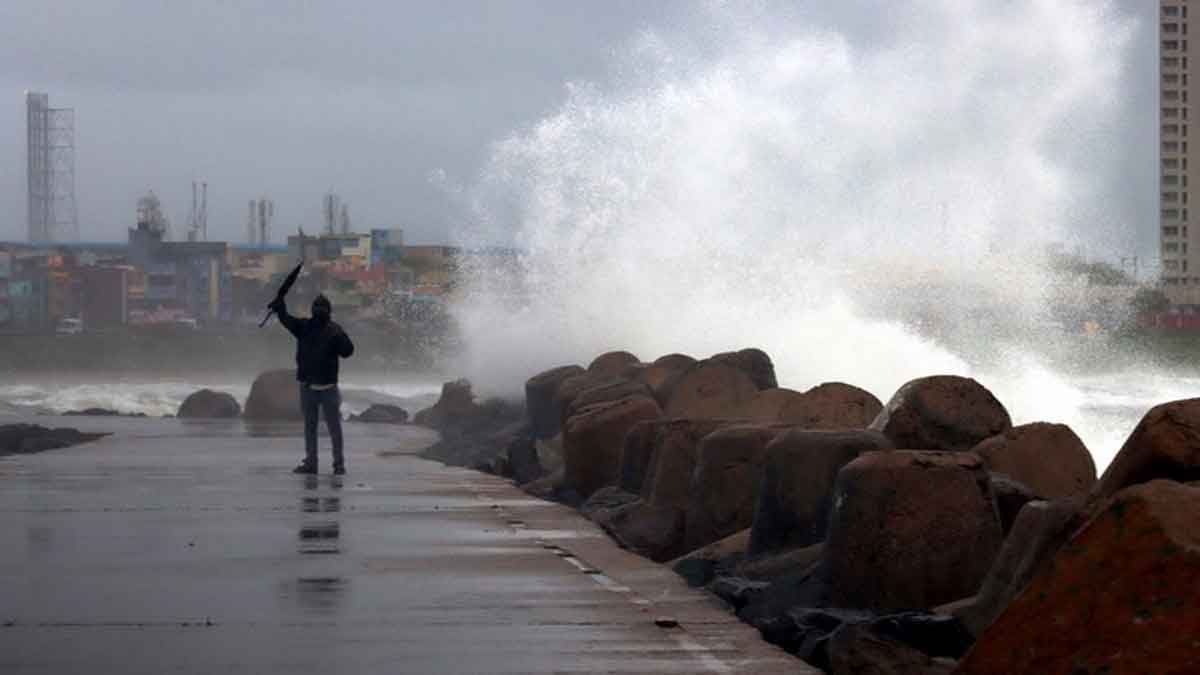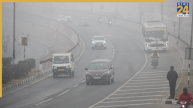Chennai grappling with severe flooding, bears witness to the vulnerability of Indian cities in the face of climate-induced disasters. Cyclone Michaung, unleashing over 40 cm of rainfall within 48 hours by December 4, 2023, not only claimed lives but left a trail of destruction in Andhra Pradesh and Tamil Nadu.
The scenes of submerged residential buildings show cars swept away in water currents highlighting the grim reality of Chennai. While Cyclone Michaung played a pivotal role, it is just one factor contributing to the city’s devastating plight.
Chennai’s recurrent flooding issues, exemplified by the historic 2015 flood, underscore the repercussions of inadequate urban planning and institutional capacity. The multifaceted causes include heavy rainfall, insufficient drainage systems, and encroachments on vital water bodies and ecologically sensitive zones due to rapid urbanization.
The flat terrain exacerbates the problem, impeding efficient water drainage. However, Chennai’s challenges are not isolated; they echo a broader narrative of climate vulnerability across Indian cities like Kolkata and Mumbai, facing risks from sea-level rise, cyclones, and riverine flooding.
Also Read: Naya Kashmir Bills: Amit Shah Roars ‘PoK Hamara Hai’, Proposes Reservations
Research commissioned by the World Bank Group warns of India’s heightened susceptibility to sea-level rise, threatening coastal cities with saltwater intrusion, agricultural impact, groundwater degradation, and increased waterborne diseases.
The Intergovernmental Panel on Climate Change (IPCC) in 2021 issued dire warnings for India, emphasizing the rising sea levels that could submerge 12 coastal cities by the century’s end. Over seven million coastal farming and fishing families already bear the brunt, facing threats from coastal erosion and the potential loss of valuable agricultural areas.
Low-lying coastal regions, particularly river deltas, face increased flooding risks, putting densely populated metropolises like Mumbai, Kolkata, and Chennai at a heightened threat of frequent and severe floods. This scenario not only endangers millions but also poses a significant risk to livelihoods and critical infrastructure research commissioned by the world bank group warns of india’s heightened susceptibility to sea- level rise, threatening the rising.












